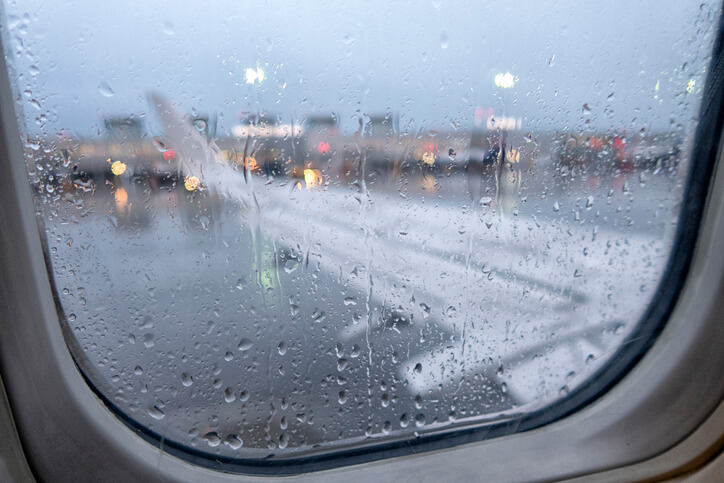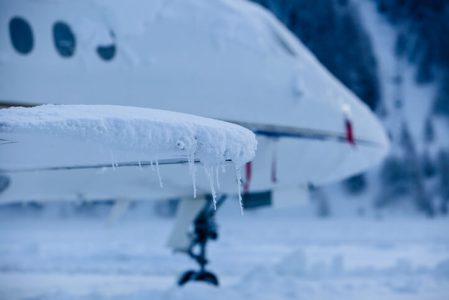How Does Freezing Rain Affect Airplanes?
Freezing rain has the capability of causing rapid, significant clear ice accumulations on the upper surfaces of an airplane, beyond the capability of anti/de-icing systems. On airplanes without any kind of de/anti icing assistance, freezing rain is extremely hazardous, increasing weight, decreasing lift and decreasing the speed that is necessary to prevent a stall. Freezing rain can also freeze over the pitot tubes and static ports, preventing accurate airspeed, altitude, and vertical speed readings.
How to Escape When You Find Yourself in Freezing Rain
You may have heard that your best option is to climb when you get in freezing rain. After all, the icing conditions are usually a thin layer and you know that the warm air has to be above, right? Actually, it depends on the aircraft you’re flying. A business jet should have the excess power needed to blast on up through the ice, but a single engine general aviation airplane might be in trouble with that option.
The more ice that builds on your airframe, the less capability you will have of climbing safely, even a little bit. Airspeed and lift will decrease rapidly, and you may find yourself in a dangerous situation that is getting worse by the minute. Landing as soon as possible is more than likely your best bet, with a precautionary off-airport landing not out of the question. Regardless of your decision, you will need to do the following asap:
- If flying a carbureted engine, use carb heat immediately to preserve power.
- Squawk 7700 on your transponder and broadcast your intentions and position over the emergency ATC frequency of 121.5 MHz.
- Keep your airspeed up to prevent a stall, especially on approach.
- Do not use flaps – you may cause a tailplane stall.
- If you can’t see out of the windshield, open a side window or storm window, if available.
- Do not flare the airplane prior to touchdown. Fly it all the way to the runway.

Understanding the dangers of freezing rain is critical when preparing for winter operations. Avoidance is always the safest option, but planning an exit strategy in advance is the next best thing. If you get caught, exit the freezing rain conditions immediately and treat it like the emergency that it has the potential to be.
RELATED CTS TRAINING









